Garbz
No longer a newbie, moving up!
- Joined
- Oct 26, 2003
- Messages
- 9,713
- Reaction score
- 203
- Location
- Brisbane, Australia
- Website
- www.auer.garbz.com
- Can others edit my Photos
- Photos NOT OK to edit
I'm interested in the various methods people use to convert a RGB image to black and white. There's several I have used in the past:
Desaturate - Lazy cop-out of a method, don't think I've ever done this to a serious photo.
Convert to LAB, and retain only the L channel - I don't do this much due to it being complex, clobbering layers, and the result is invariably too bright.
Add a grey layer and set the blending mode to saturation - I like this a lot as it approximates the lightness of visible colours.
Use the channel mixer and set RGB to 29% 60% 11% - Produces the same results as the above blending mode method.
Use channel mixer outright - Probably my number one technique due to its great flexibility.
So what do other people do to convert to black and white? Any methods I haven't mentioned here?
Other mentions in this thread:
Convert to greyscale - contrast seems weird to me. Blue appears to have an unnaturally low ranking in this case.
The gradient mixer - can be applied as an adjustment layer and looks very similar to the blending mode to saturation method.
The complicated gsgary method -
Desaturate - Lazy cop-out of a method, don't think I've ever done this to a serious photo.
Convert to LAB, and retain only the L channel - I don't do this much due to it being complex, clobbering layers, and the result is invariably too bright.
Add a grey layer and set the blending mode to saturation - I like this a lot as it approximates the lightness of visible colours.
Use the channel mixer and set RGB to 29% 60% 11% - Produces the same results as the above blending mode method.
Use channel mixer outright - Probably my number one technique due to its great flexibility.
So what do other people do to convert to black and white? Any methods I haven't mentioned here?
Other mentions in this thread:
Convert to greyscale - contrast seems weird to me. Blue appears to have an unnaturally low ranking in this case.
The gradient mixer - can be applied as an adjustment layer and looks very similar to the blending mode to saturation method.
The complicated gsgary method -
Last edited:



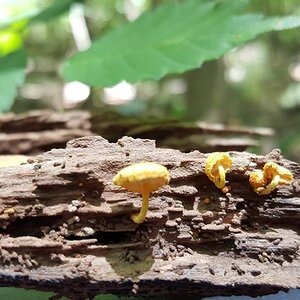

![[No title]](/data/xfmg/thumbnail/31/31740-83040d547efdbb1f87736f24d2e9985c.jpg?1619734985)
![[No title]](/data/xfmg/thumbnail/41/41896-54547e935773393100a20b8d9819f5bd.jpg?1619739935)

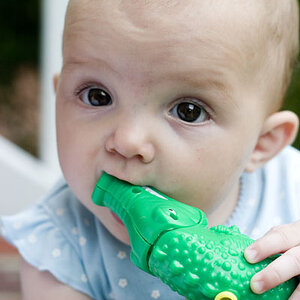
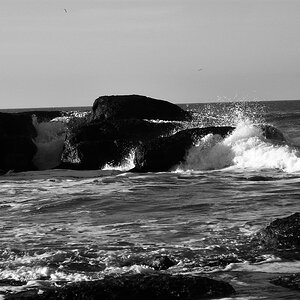
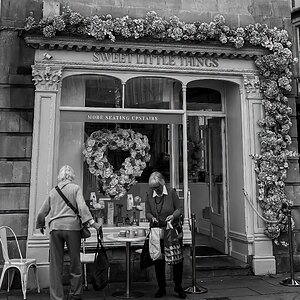
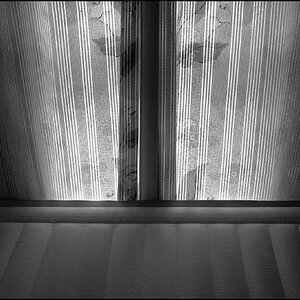
![[No title]](/data/xfmg/thumbnail/32/32632-476f3d925401f13cffe1cc2b41945614.jpg?1619735553)
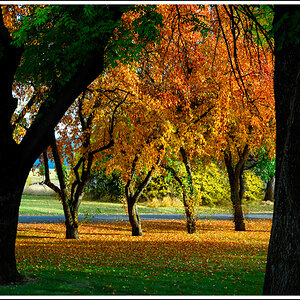
![[No title]](/data/xfmg/thumbnail/31/31977-2b717e032201241cbeae8226af23eba4.jpg?1619735136)